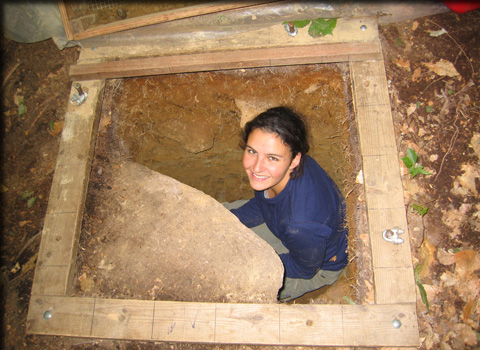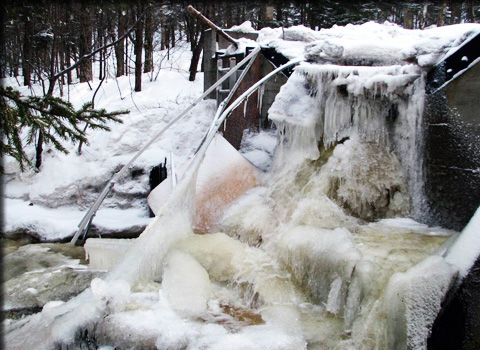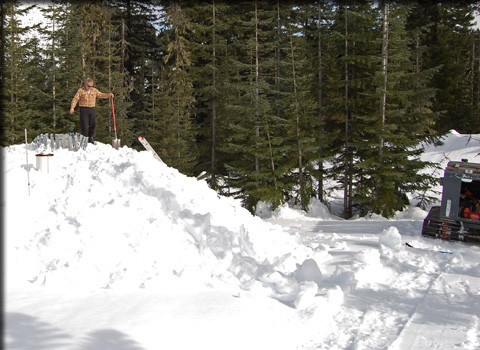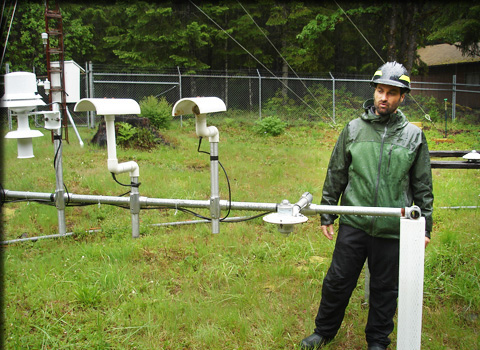
Ecosystem studies often report values for pools and fluxes without any indication of uncertainty. This omission arises from the complexity of the calculations and multiple sources of uncertainty involved (e.g., natural variability, measurement error, model structure, model parameters) and from the difficulty of making replicated observations at the relevant scales. Estimates of uncertainty are critical for determining the significance of observed differences, for analyzing trends over time, and for guiding future research investments.
Welcome to QUEST
The QUEST Research Coordination Network is dedicated to advancing uncertainty analysis in ecosystem studies. Efforts focus on outreach and research on quantifying uncertainty in five topic areas: soils, biomass, atmospheric deposition, stream water export, and ecosystem budgets.
This website includes sample code, links to papers, and news announcements. We seek input on developing discussion boards, wikis, and tutorials, and we support new collaborations and open-access publication.
QUEST News
- Visit the QUEST News Archive or X (formerly Twitter)
- To subscribe to our mailing list, send an email to quantifyinguncertainty@gmail.com
- Corrie Blodgett is pictured in a quantitative soil pit in the Bartlett Experimental Forest, 2004 (Image courtesy of Meridith Germain, ESF
- Ice damage to the heating system at Weir 9 at Hubbard Brook, New Hampshire. An ice flow caused by a rain-on-snow event in March 2011 resulted in a 3-week gap in the streamflow record. (Image courtesy of Ian Holm, USDA Forest Service)
- Snow overwhelms a high elevation rain gauge, HJ Andrews Experimental Forest, Oregon, USA (Image courtesy of Don Henshaw, USFS)
- A variety of radiation shields and sensors for measuring temperature are compared at HJ Andrews Experimental Forest, Oregon, USA. Mark Schulze demonstrates a comparison of radiation shields and temperature sensors.(Image courtesy of John Campbell, USFS)
-
A variety of radiation shields and sensors for measuring temperature are compared at HJ Andrews Experimental Forest, Oregon, USA. Mark Schulze demonstrates a comparison of radiation shields and temperature sensors.(Ima



